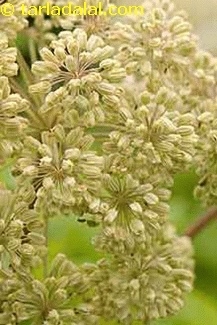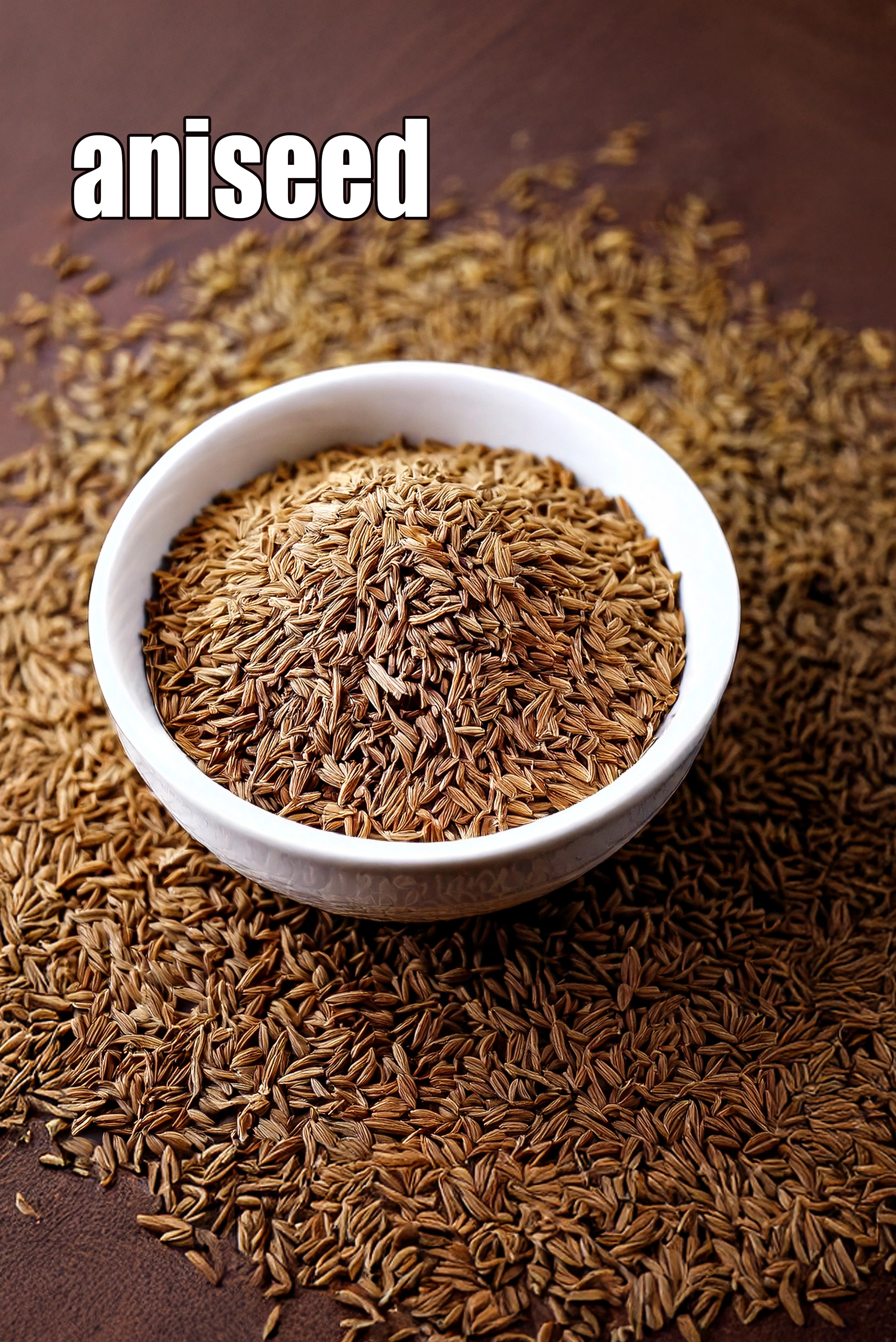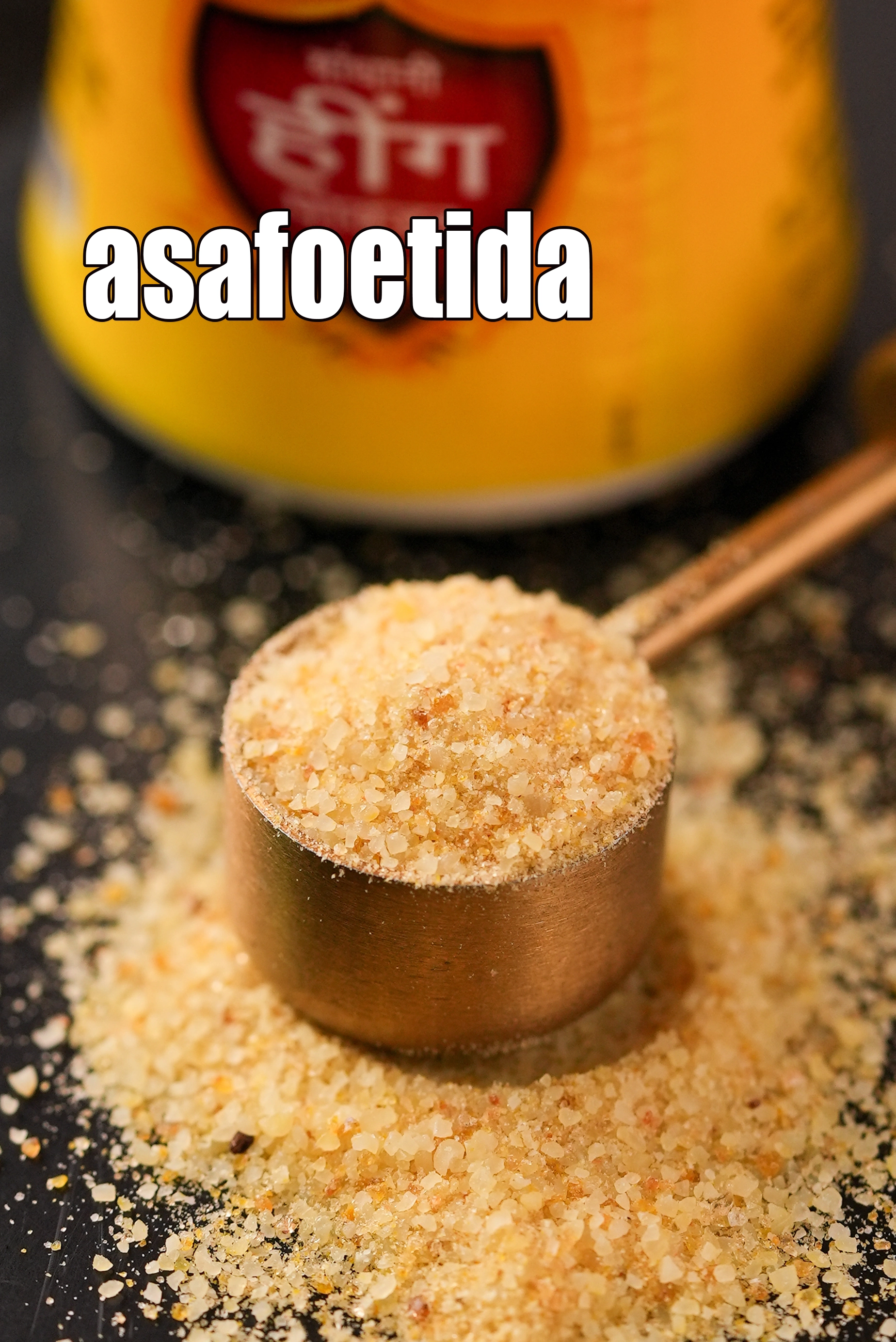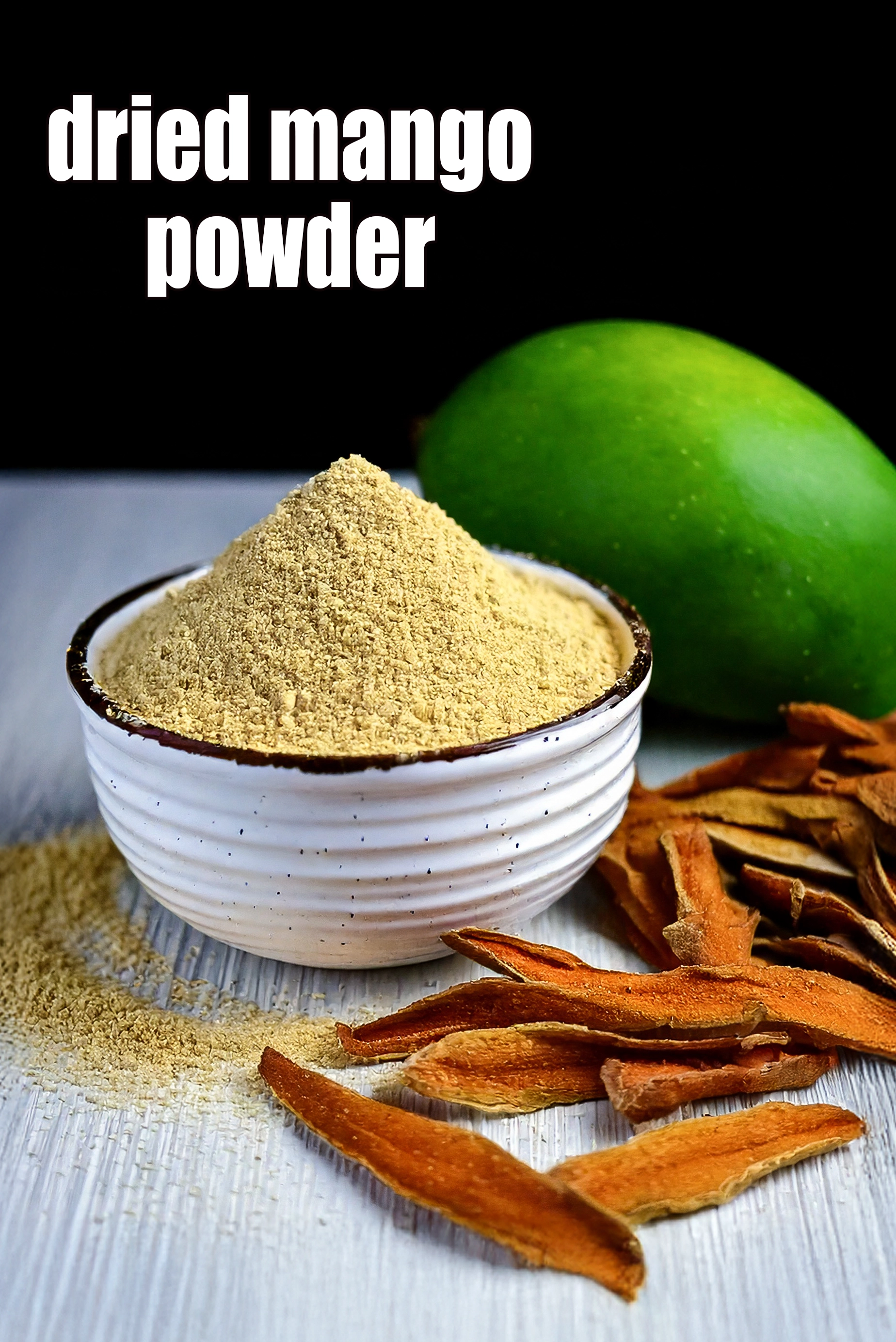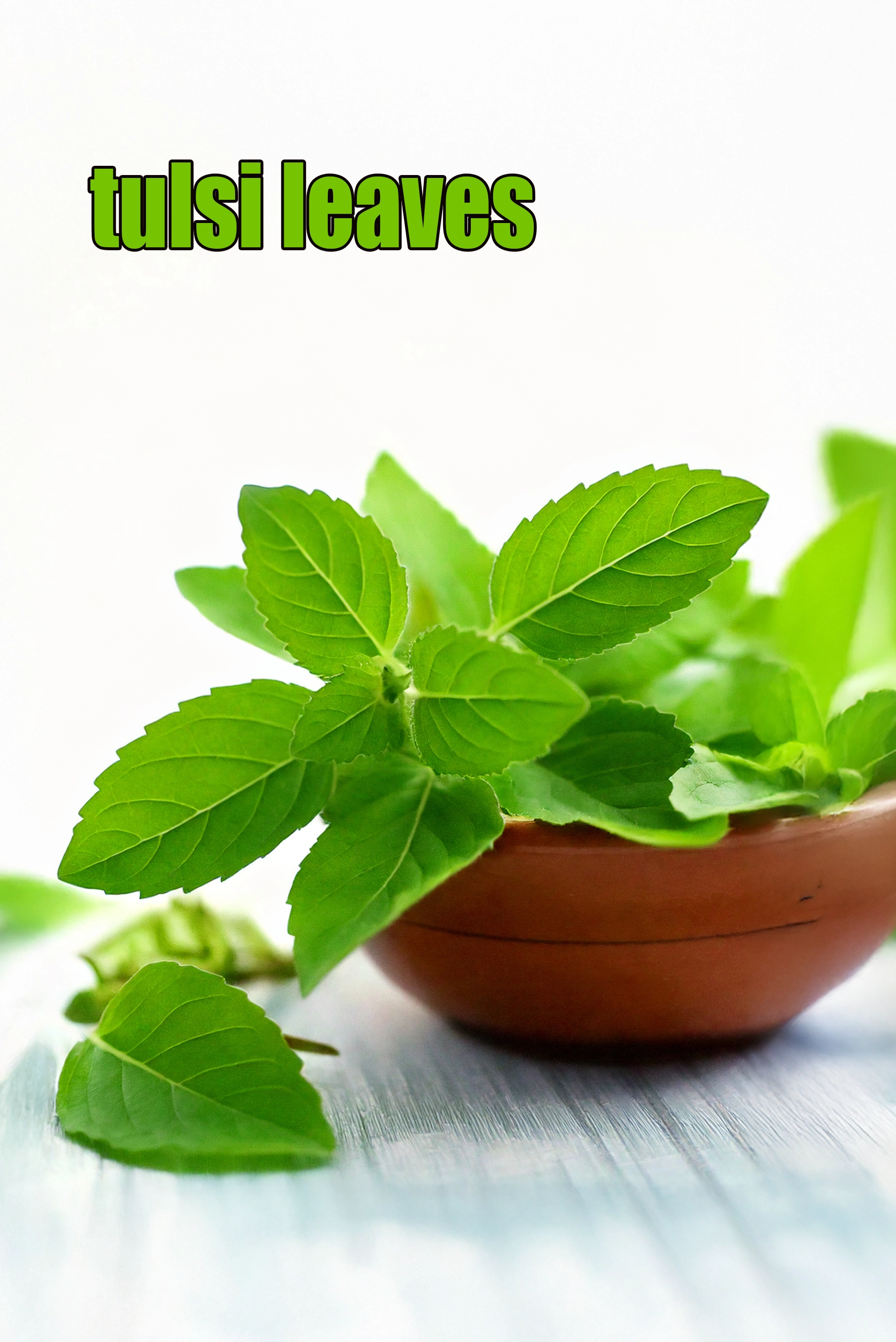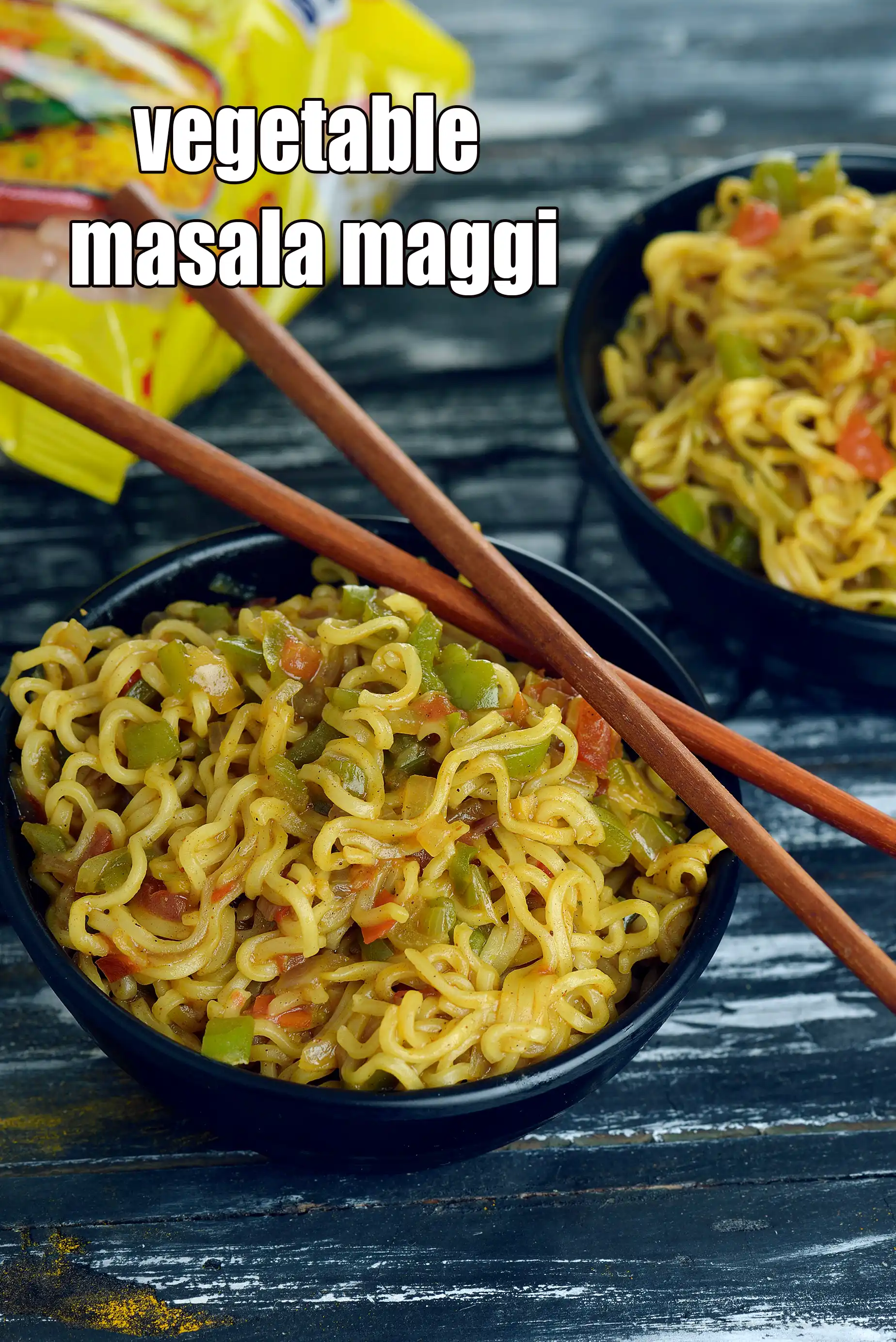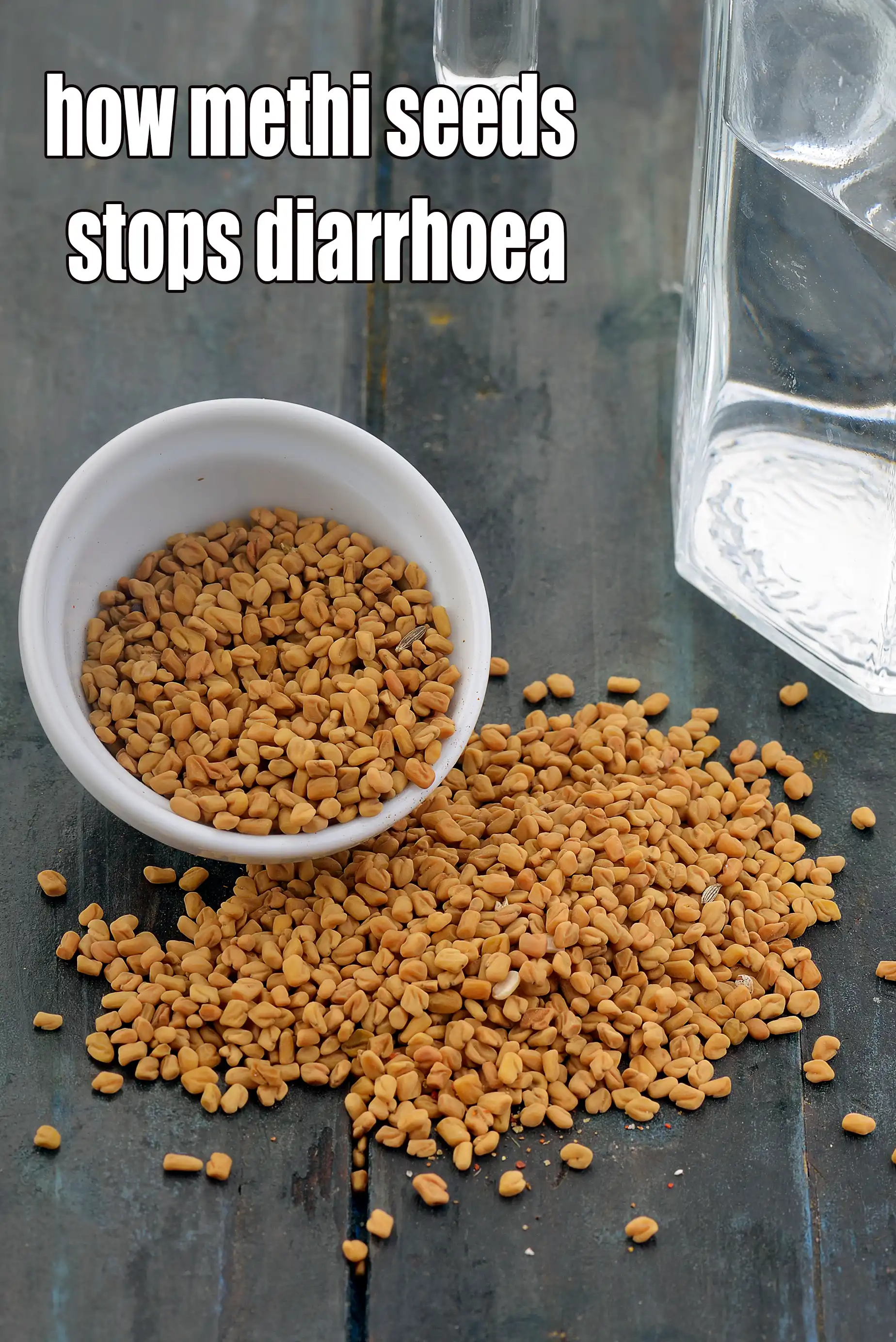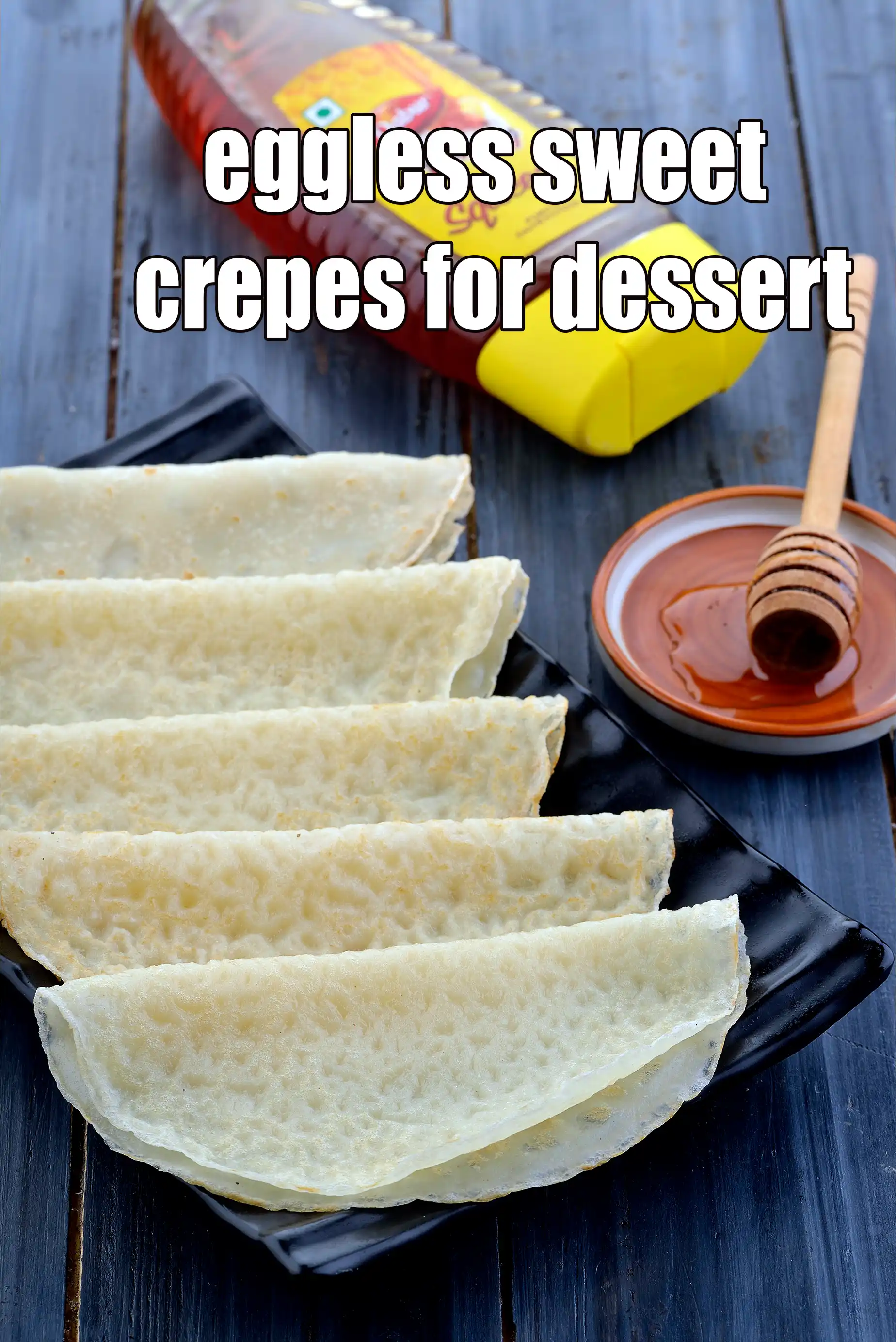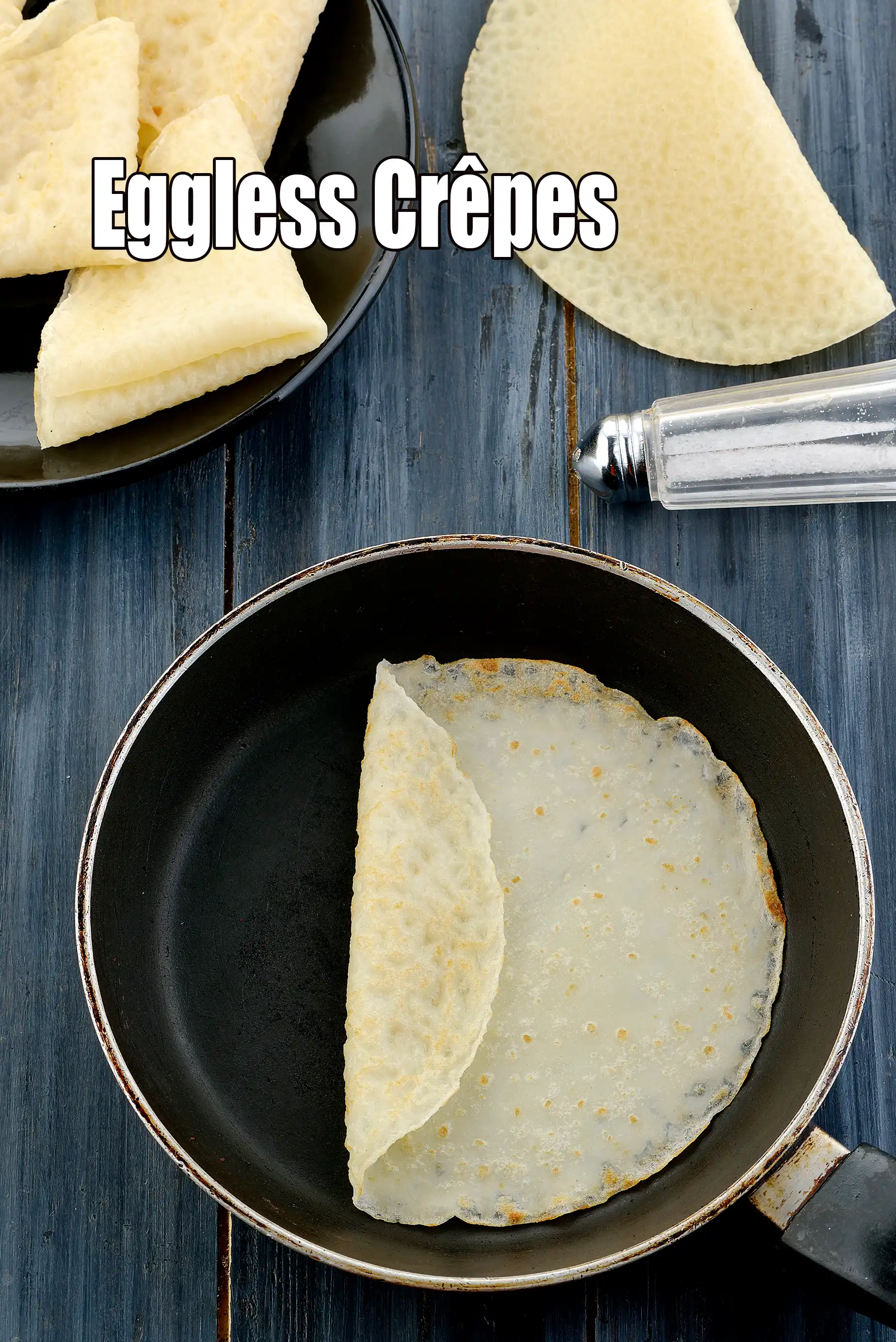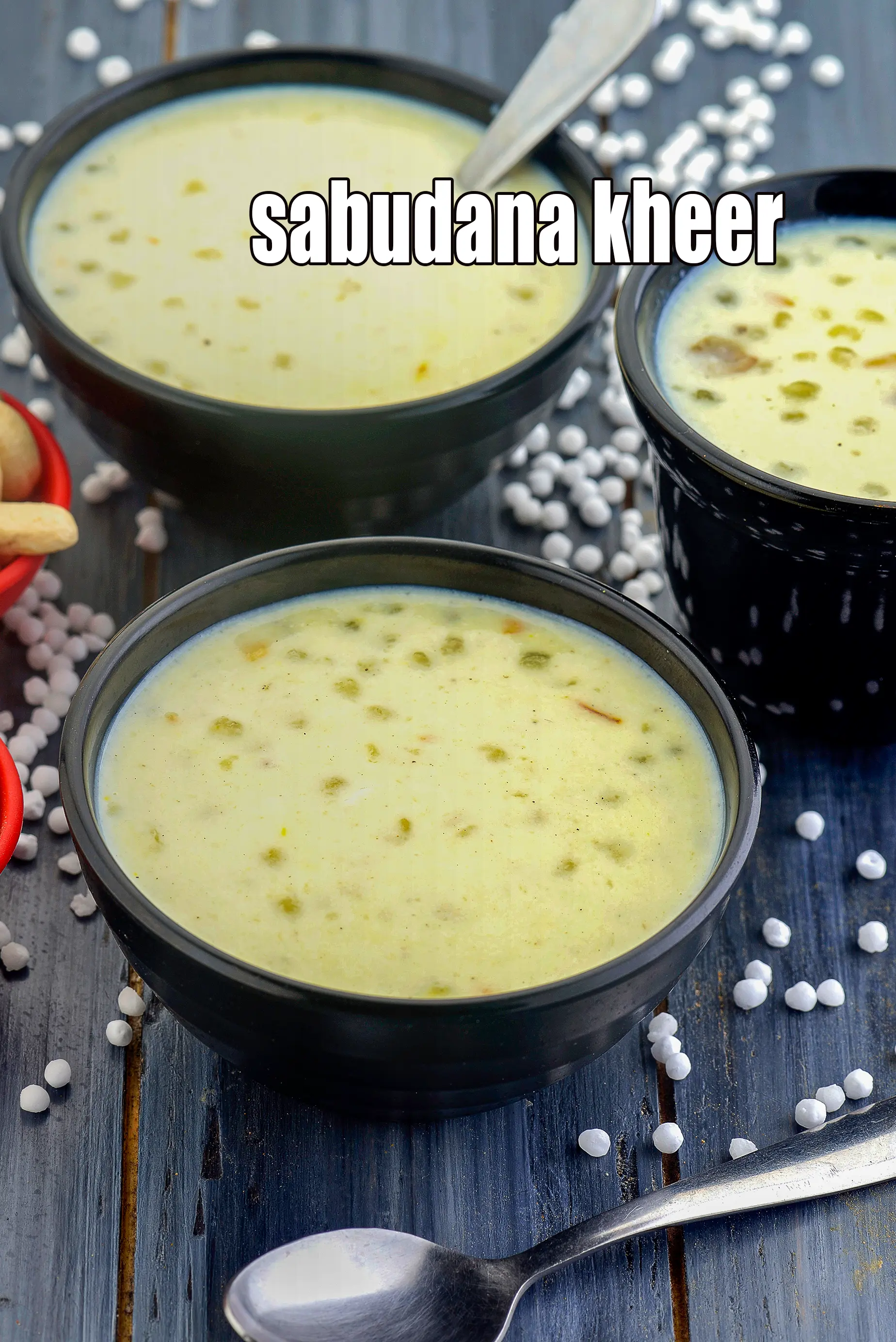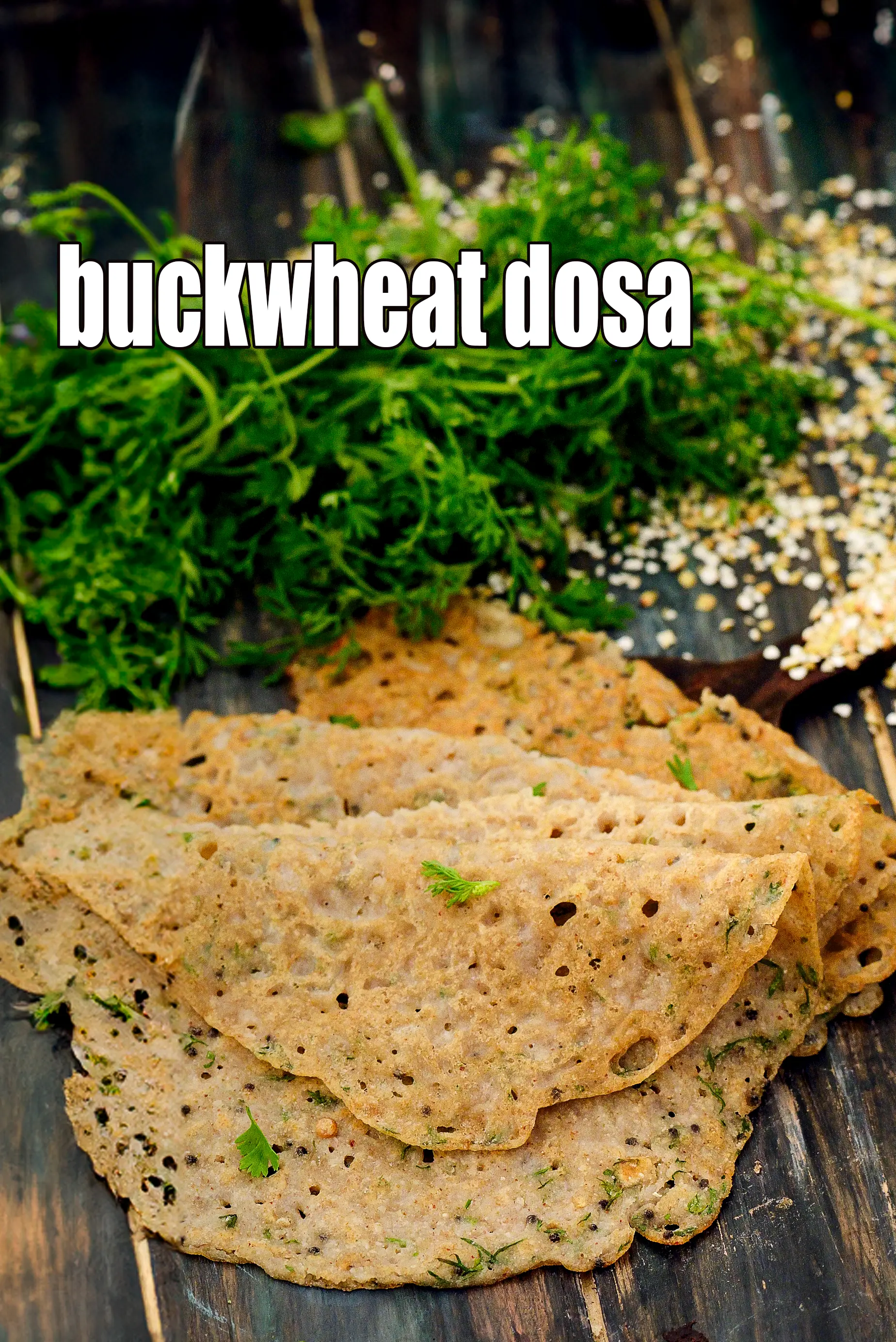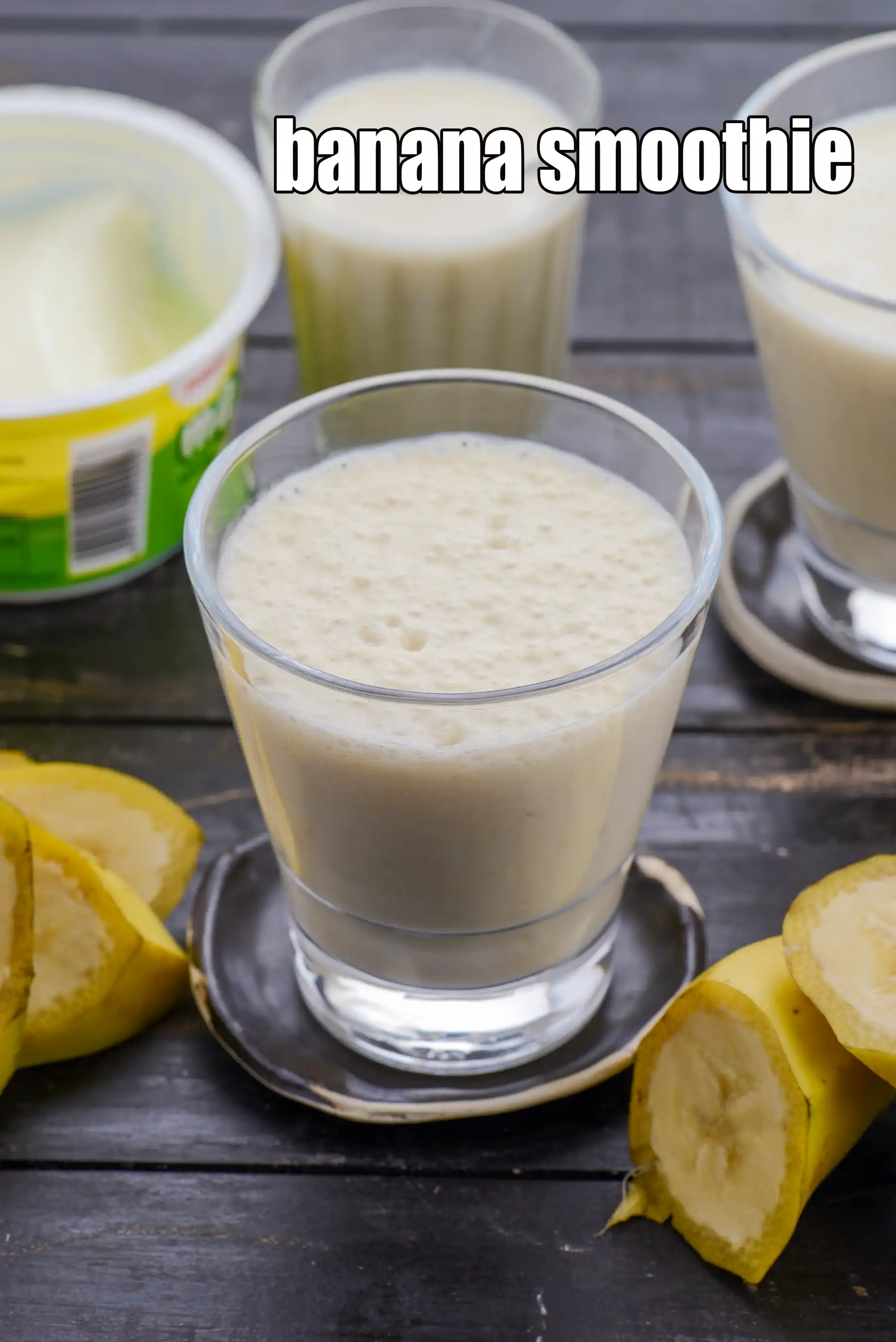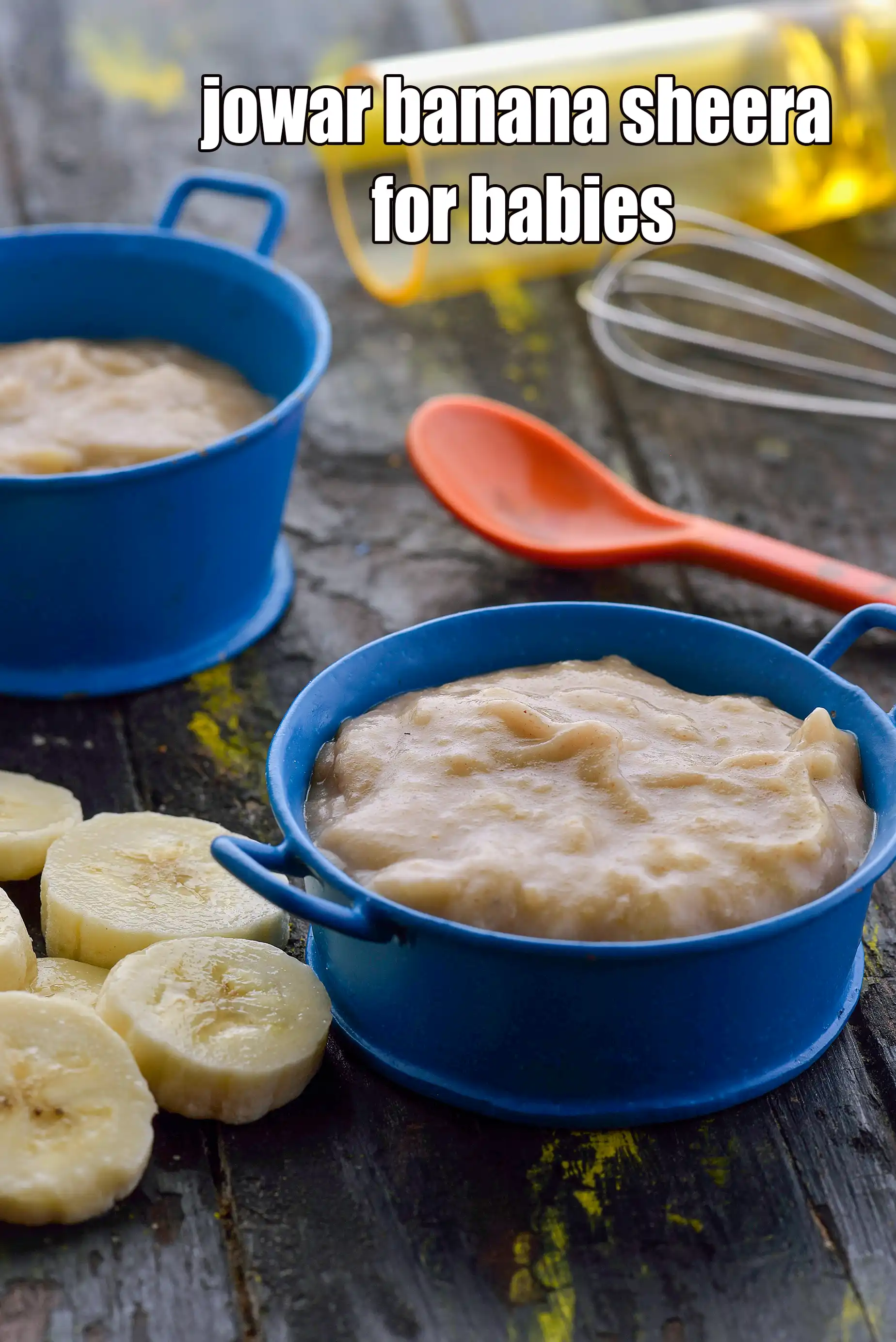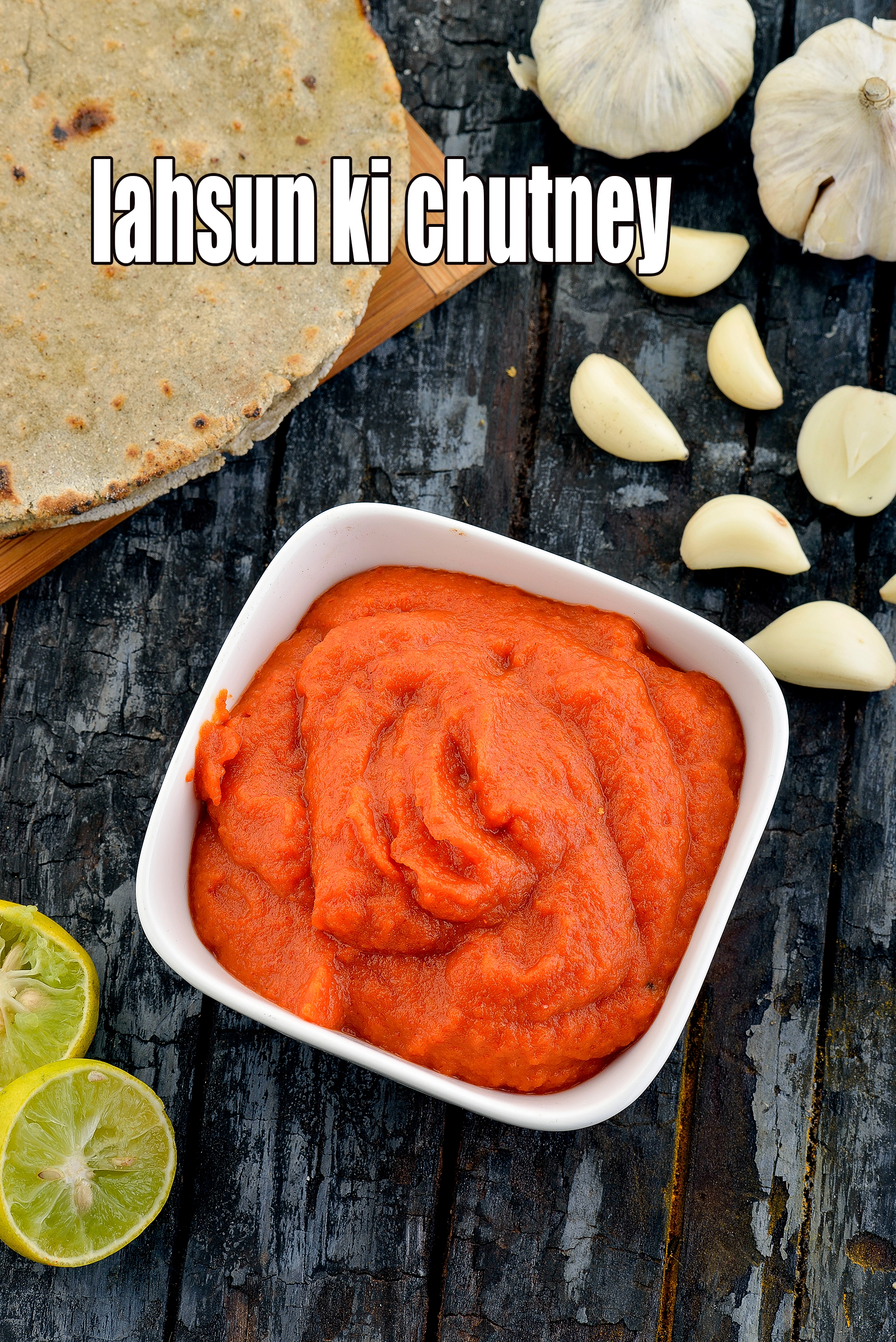basil
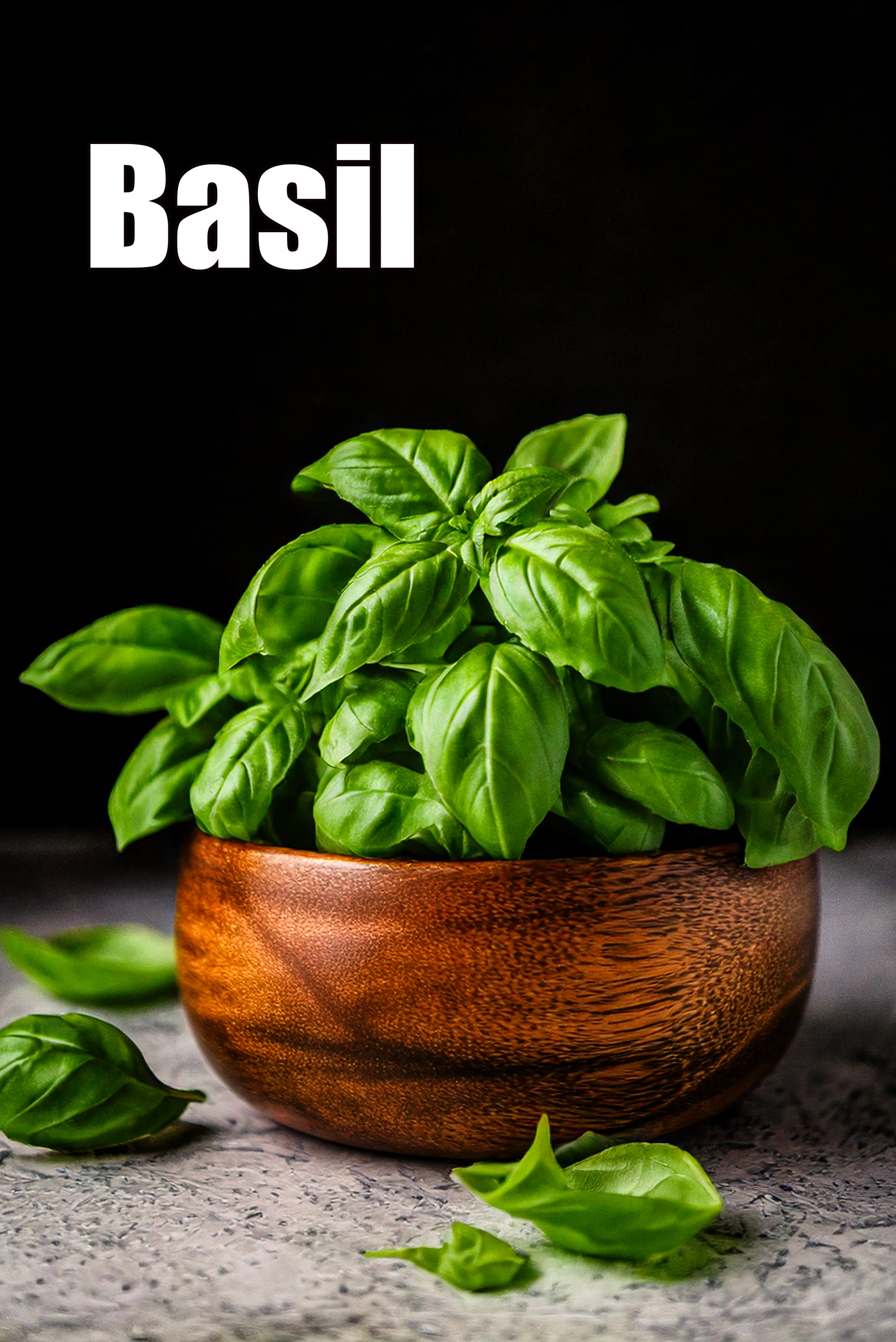
Table of Content
What is basil?
Basil is considered a royal and sacred herb not just in India, but also by other communities such as the Greeks. It is a culinary herb native to India and tropical regions of Asia, and has been cultivated for more than 5000 years. The herb has a strong smell and is used commonly in Italian, Thai and Vietnamese cuisine.
There are more than 60 varieties of basil available including sweet basil, Thai basil, holy basil and lemon basil. The varieties come in different colours like dark green, red, purplish etc.
How to select basil
• You can choose from various varieties of basil, fresh or dried.
• However, fresh leaves have a better flavour than the dried ones.
• The leaves of fresh basil should look vibrant and be deep green in colour.
• They should be free from darks spots or yellowing.
• Ensure that the leaves are not wilting and are free from any tears or cuts etc.
Culinary Uses of basil in Indian Cooking
Basil is an herb that is used for culinary purposes i.e. for cooking. Even though associated mostly with Italian or Mediterranean cuisines, it actually originated in India. Apart from these cuisines even Thai and Vietnamese cuisines use basil to flavor their food. 1. The best way to use fresh basil is to tear it into pieces and add it at the last moment to salads, pizzas or pastas. The reason behind this is that basil contains volatile oils which get destroyed on over cooking.
2. Generally basil is associated with Italian food because one of the most famous dishes, Pesto pasta, has originated in Italy. It is a basil, cheese, pine nut, garlic and olive oil sauce used in Italian cooking for pastas, pizzas, dips etc.
3. Basil is also used to flavor soups, whether crushed or freshly torn, is also put over salads, starters and main course.
Full details of uses of basil here.
How to store basil
• Fresh basil should be packed in zip lock bags and stored in the refrigerator.
• You may, however, freeze fresh basil for later use. To do this, first blanch the basil leaves in boiling water for two seconds, refresh in ice cold water and then pat dry. Place in airtight bags in the freezer.
• Dried basil should be kept in a tightly sealed glass container in a cool, dark and dry place where it will keep fresh for about six months.
Health benefits of basil
1. Tulsi has the power to reduce Inflammation in the body. It helps fights free radicals and reduces stress. Chew 10 to 12 leaves daily in the morning to keep stress at bay.
Key Nutrients: Vitamin C and essential oils like eugenol
2. Basil / Tulsi aids in digestion by helping in the secretion of digestive enzymes during chewing.
3. Its high vitamin content is beneficial for skin too. It builds collage when consumed and its paste when applied topically contributes to a flawless smooth skin. It provides a natural cure to skin irritations and is also a good home remedy for acne.
Key Nutrients: Vitamin C
Click here to know more about the Benefits of Basil, Holy Basil (Tulsi).
Nutritive Information for Basil / Holy Basil:
1 cup of chopped basil / holy basil is about 20 grams
RDA stands for Recommended Daily Allowance.
Energy - 5 calories
Protein – 0.6 g
Carbohydrate – 0.5 g
Fat – 0.1 g
Fiber – 0.3 g
Vitamins:
316.4 mcg of Vitamin A = 6.59% of RDA (about 4800 mcg)
3.6 mg of Vitamin C = 9% of RDA (about 40 mg)
13.6 mcg of Folate (Vitamin B9) = 13.6% of RDA (about 100 mcg)
83 mcg of Vitamin K = 69% of RDA (about 120 mcg)
Minerals:
35.4 mg of Calcium = 3.54% of RDA (about 1000 mg)
0.6 mg of Iron = 3% of RDA (about 20 mg)
3.65 mg of Magnesium = 8.5% of RDA (about 350 mg)
11.2 mg of Phosphorus = 1.8% of RDA (about 600 mg)
59 mg of Potassium = 1.25% of RDA (about 4700 mg)
.webp)
chopped basil
Place 4 to 5 basil leaves on top of each other on a chopping board and thinly slice vertically using a knife. Now hold all the sliced basil together and finely chop horizontally. Chopped basil is used to flavour soups, stews and sauces.
.webp)
shredded basil
Hold 4 to 5 basil leaves in your hand and roll to form a thin cylinder. Hold the rolled basil leaves on one hand and knife on the other hand. Now, chop along the edge/ concentric rings of the cylinder to get thin, fine shreds, Shredded basil can be used as toppings on pizzas, as a garnish on soups etc. It is also used to make Basil tea in which shredded basil is infused in boiling water for two minutes and then had in batches during the day.

Related Recipes
Bread Pizza In Oven, Bread Pizza In Tava
Veg Red Thai Curry, Red Thai Curry With Vegetables
Basil And Tomato Pasta, Tomato Basil Spaghetti
More recipes with this ingredient...
basil (176 recipes), chopped basil (108 recipes) , shredded basil (1 recipes)

Related Glossary
Follow US
Recipe Categories
- Vitamin B12 Cobalamin Rich Recipes 33 recipes
- Low Calorie, Weight Loss Indian Recipes 421 recipes
- Low Cholesterol Indian Recipes 308 recipes
- Healthy Indian Breakfast 372 recipes
- Indian Diabetic recipes 558 recipes
- Indian Pregnancy recipes 461 recipes
- Zero Oil Indian Recipes 133 recipes
- Iron Rich Indian recipes 267 recipes
- Healthy Indian Acidity recipes 133 recipes
- Healthy Sabzis 108 recipes
- Indian Healthy Veg Snack 276 recipes
- Healthy Heart Recipes 415 recipes
- Healthy Veg Indian Soups 74 recipes
- Calcium Rich Indian Recipes 372 recipes
- High Blood Pressure Indian Recipes 101 recipes
- Healthy Indian Salads Recipes 137 recipes
- Low Carb Indian Diet, recipes 161 recipes
- Hypothyroidism Diet 62 recipes
- Arthritis Diet 68 recipes
- High Protein Indian recipes 93 recipes
- Vitamin K Diet 42 recipes
- Fatty Liver Diet 30 recipes
- PCOS 136 recipes
- Gluten Free Veg Indian 195 recipes
- High Fiber 328 recipes
- Indian Cancer Patients 275 recipes
- Jaundice Diet 45 recipes
- Sprouts 61 recipes
- Typhoid 43 recipes
- Irritable Bowel Syndrome (IBS) 20 recipes
- Kidney Stone Diet 9 recipes
- Home Remedies 213 recipes
- Senior Citizen 195 recipes
- Healthy Indian Drinks and Juices 213 recipes
- Diet for Dialysis 10 recipes
- Gout Indian Recipes 17 recipes
- Potassium Rich 80 recipes
- Vegan 195 recipes
- Indian recipes to treat Vomiting 8 recipes
- Forever Young Diet, Anti Aging Indian Diet 255 recipes
- Vitamin B1 Rich Indian Foods, Recipes 101 recipes
- High in Omega 3 Fatty Acids 31 recipes
- Antioxidant Rich Indian 445 recipes
- Zinc Rich Foods 55 recipes
- Vitamin A Rich, Beta Carotene, Retinol 89 recipes
- Malaria Diet 18 recipes
- Healthy Indian Dinner 85 recipes
- Magnesium Rich 94 recipes
- Vitamin C Rich Indian recipes 118 recipes
- Low Veg Glycemic Index 86 recipes
- Lower Blood Pressure Salads 8 recipes
- Healthy Indian Lunch Recipes 29 recipes
- Lactation 25 recipes
- Vitamin E Rich 51 recipes
- Hyperthyroidism Diet 47 recipes
- Vitamin B3, Niacin Rich 41 recipes
- Post Surgery Diet 42 recipes
- Selenium 27 recipes
- Lower Blood Pressure Desserts Sweets 14 recipes
- Phosphorus Rich Indian Recipes, Foods 74 recipes
- Copper 15 recipes
- Foods Rich in Vitamin B2 Riboflavin 22 recipes
- Vitamin B6 Diet 36 recipes
- Vitamin B9 Rich Folate 50 recipes
- B Vitamins 231 recipes
- Marathoners, Endurance Athletes, Triathlete 225 recipes
- Manganese Diet 32 recipes
- Thalassemia 18 recipes
- Detox Water, Fruit Infused Water 42 recipes
- Lactose Free Dairy Free 22 recipes
- Omega 6 Fatty Acids 32 recipes
- Phytonutrients 51 recipes
- Chronic Kidney Disease Indian recipes 11 recipes
- Selenium1 0 recipes
- Quick Snacks / Quick Starters 385 recipes
- Quick Breakfast Indian 131 recipes
- Quick Sabzis 117 recipes
- Quick Rotis / Parathas 46 recipes
- Quick Indian Sweets 139 recipes
- Quick Stir-Fries 51 recipes
- Quick Vegetarian Indian Soups 72 recipes
- Quick Chutneys 67 recipes
- Quick Vegetarian Rice, khichdi Recipes 56 recipes
- Indian snacks under 10 minutes 44 recipes
- Quick Indian Dips, Gravies & Sauces 104 recipes
- Quick Veg Indian Pizza 17 recipes
- Quick Veg Pasta 25 recipes
- Quick Pickles / Aachar 25 recipes
- Quick Dals / quick Kadhis 29 recipes
- Snacks under 5 minutes 33 recipes
- Quick Healthy Recipes 43 recipes
- Quick Pressure Cooker 46 recipes
- Quick Desserts 47 recipes
- Quick 3 Ingredients 63 recipes
- Quick Indian Desserts 20 recipes
- Quick 4 Ingredients 41 recipes
- Quick 5 Ingredients 42 recipes
- Kids Tiffin Box 319 recipes
- Recipes for Toddlers (1-3 Years) 32 recipes
- Sweet Recipes for Kids 456 recipes
- Recipes for Baby (10 to 12 Months) 17 recipes
- Quick Indian recipes for Kids 72 recipes
- Indian Breakfast Recipes for Kids 192 recipes
- Recipes for Weaning (8 to 9 months) 22 recipes
- Healthy Foods for Kids 196 recipes
- Snack Recipes for Kids 619 recipes
- Recipes Kids can make 36 recipes
- Kids After School 794 recipes
- Kids Jar Snacks 66 recipes
- Finger Foods for Babies, Toddlers and Kids 76 recipes
- Kids Weight Gain 43 recipes
- Kids Wraps and Rolls 23 recipes
- Kids Veg Pasta 27 recipes
- Kids Brain Boosting 68 recipes
- Protein rich food for kids 69 recipes
- Recipes for Weaning 15 recipes
- Kids Pizzas 30 recipes
- Babies, Toddler and Kids Iron Rich Foods 31 recipes
- High Fiber Foods for Kids 39 recipes
- Kids Noodles 37 recipes
- Kids High Energy Indian Foods 103 recipes
- Kids Calcium Rich Indian recipes 91 recipes
- Babies recipes, 6 to 18 months 34 recipes
- Kids Recipes for Increasing Immunity 10 recipes
- Kids Weight Loss 58 recipes
- Teething Recipes for Babies 10 recipes
- Cereals and Pulses for 8 to 9 months Baby 8 recipes
- Weaning foods at 7 months 12 recipes
- Indian Teen 315 recipes
- Starters / Snacks 2138 recipes
- Indian Breakfast Recipes 819 recipes
- Main Course Recipes 925 recipes
- Indian Salads 385 recipes
- Indian Desserts , Sweets 985 recipes
- Indian Soups 249 recipes
- Indian Beverages, Indian Drinks 483 recipes
- Indian Dinner 903 recipes
- Indian Dinner1 0 recipes
- Indian Lunch 830 recipes
- Side Dishes 449 recipes
- Indian Travel Food 433 recipes
- Indian Barbeque1 recipes 22 recipes
- Frozen Foods, Indian Freezer Recipes 67 recipes
- Whole Wheat Recipes 56 recipes
- Indian Comfort Foods 212 recipes
- Dinner Menus 56 recipes
- Easy Indian Veg 70 recipes
- Innovative Indian Recipes 27 recipes
- No Cook Indian 37 recipes
- Advanced Recipes 10 recipes
- Cakes with Eggs 13 recipes
- Microwave 229 recipes
- Oven 619 recipes
- Indian Steamer Recipes 102 recipes
- Kadai Veg 407 recipes
- Indian Barbeque Recipes 43 recipes
- Sizzler tray 15 recipes
- Mixer 566 recipes
- Pressure Cooker 315 recipes
- Tava 646 recipes
- Non-stick Pan 1393 recipes
- Indian Freezer recipes, meals 57 recipes
- Appe Mould 18 recipes
- Pan 223 recipes
- Non Stick Kadai Veg 203 recipes
- kadai Indian 150 recipes
- Refrigerator 176 recipes
- Waffle Indian recipes 6 recipes
- Handi 12 recipes
- Juicer and Hopper 65 recipes
- Grill 31 recipes
- Toaster 21 recipes
- Gas Toaster 8 recipes
- Steam 72 recipes
- No Cooking Veg Indian 335 recipes
- Vegetarian baked Indian recipes 380 recipes
- Boiled Indian recipes 129 recipes
- Deep Fry 259 recipes
- Indian Tawa 266 recipes
- Shallow Fry Indian 25 recipes
- Microwave1 172 recipes
- Saute 273 recipes
- Indian Pressure Cooker 171 recipes
- Stir-fry 100 recipes
- Roasting 0 recipes

